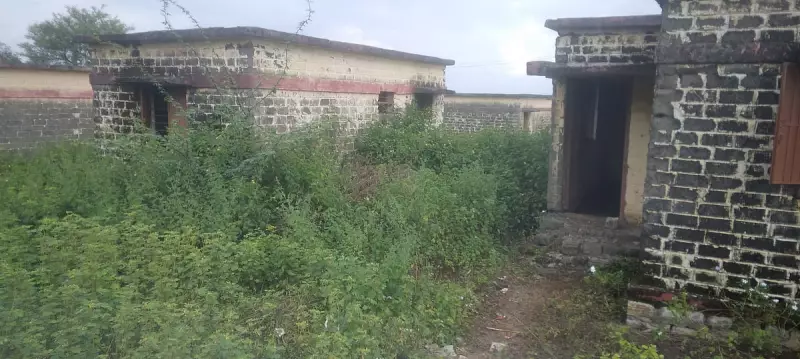
Two decades have passed since catastrophic floods swept through several districts of Karnataka, yet for hundreds of families, the promise of safe, permanent housing remains an unfulfilled dream. These survivors continue to endure life in temporary shelters, their hopes for rehabilitation fading with each passing year.
The Unending Wait for Shelter
Families affected by the massive floods that hit Karnataka twenty years ago are still living in makeshift arrangements, with many temporary shelters showing severe signs of deterioration. Despite multiple government announcements and rehabilitation schemes, the transition to permanent housing has been painfully slow, leaving vulnerable communities in limbo.
Broken Promises and Bureaucratic Hurdles
Several government initiatives were launched over the years with grand promises of resettling flood-affected families. However, ground reality tells a different story. Implementation delays, bureaucratic red tape, and changing political priorities have consistently derailed these projects, leaving beneficiaries stranded.
Current Living Conditions
The temporary shelters that were meant to be short-term solutions have become permanent residences for many families. These structures, initially built as emergency accommodations, now suffer from:
- Structural deterioration making them unsafe during monsoon seasons
- Lack of basic amenities including proper sanitation and clean water
- Overcrowding as families have grown over two decades
- Limited access to education and healthcare facilities
Government Response and Accountability
While officials acknowledge the delay in rehabilitation projects, they cite various challenges including land acquisition issues, funding constraints, and identification of suitable relocation sites. However, affected communities argue that the lack of political will and administrative efficiency are the primary reasons for the prolonged displacement.
The Human Cost of Delayed Rehabilitation
The extended period in temporary shelters has taken a significant toll on residents' physical and mental health. Children have grown up knowing only life in these transitional spaces, while elderly residents fear they may never experience the security of a permanent home.
As another monsoon season approaches, these families face renewed anxiety about their fragile shelters withstanding the elements. Their two-decade-long wait for the basic human right of safe housing continues, raising serious questions about disaster management and rehabilitation systems in the region.





